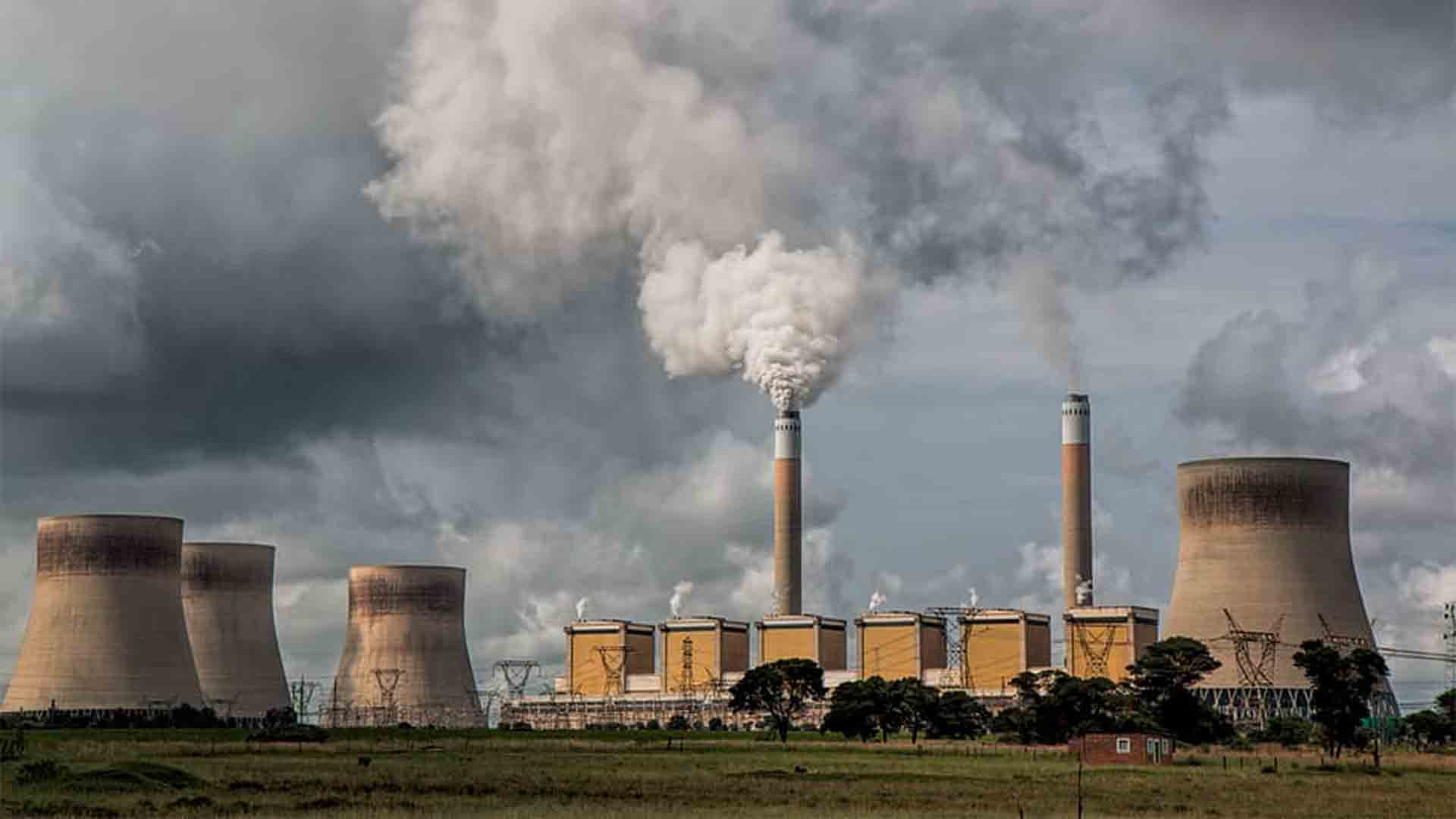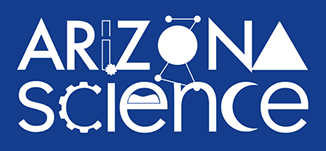 Power station smokestacks
Power station smokestacks
Piqsels
Carbon dioxide and methane gas can't be seen but can be detected from the air. University of Arizona researcher Riley Duren is investigating how to use airplanes and satellites to find leaking greenhouse gases.
Riley Duren spoke with Tim Swindle, director of the University of Arizona Space Institute.
Catch Arizona Science each Friday during Science Friday on NPR 89.1. You can subscribe to our podcast on Apple Music, Spotify, Amazon Music, or the NPR App. See more from Arizona Science.
MORE: Arizona Science




By submitting your comments, you hereby give AZPM the right to post your comments and potentially use them in any other form of media operated by this institution.